Andy Serkis interview: How a colleague's family history led to his directorial debut
The actor who is known for his motion-caption performances in 'King Kong' and 'Planet of the Apes' has turned his attention to directing a period drama about a man paralysed by polio in 'Breathe'
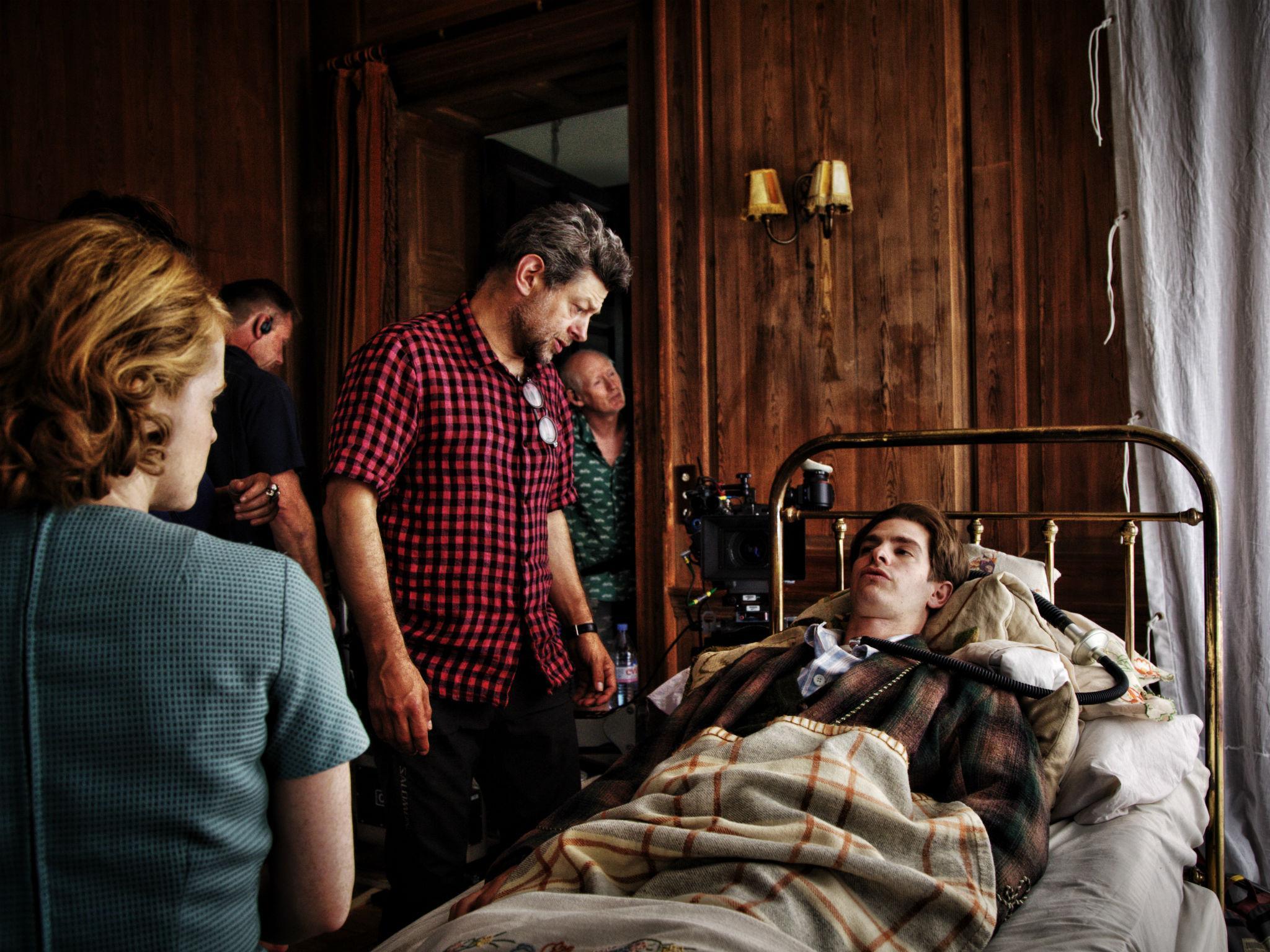
Your support helps us to tell the story
From reproductive rights to climate change to Big Tech, The Independent is on the ground when the story is developing. Whether it's investigating the financials of Elon Musk's pro-Trump PAC or producing our latest documentary, 'The A Word', which shines a light on the American women fighting for reproductive rights, we know how important it is to parse out the facts from the messaging.
At such a critical moment in US history, we need reporters on the ground. Your donation allows us to keep sending journalists to speak to both sides of the story.
The Independent is trusted by Americans across the entire political spectrum. And unlike many other quality news outlets, we choose not to lock Americans out of our reporting and analysis with paywalls. We believe quality journalism should be available to everyone, paid for by those who can afford it.
Your support makes all the difference.Andy Serkis is famed as the guy to go to when you need an actor to play a creature using performance-capture technology. He wowed audiences around the world when he played Gollum in the Lord of the Rings trilogy and again when mimicking simians in King Kong, as well as in the role of Supreme Leader Snoke in Star Wars: The Force Awakens – and most recently as Caesar in War for the Planet of the Apes.
So it’s a bit of a turn up that the 53-year-old’s directorial debut, Breathe, starring Andrew Garfield and Claire Foy, is a character-driven film about a man paralysed by polio.
“Yes, I think people have been surprised that this is my directorial debut, and there has been a lot made of that,” says Serkis of the film that opened at the London Film Festival. But he says that this is more a result of the film-production process than by design: “Jungle Book we shot beforehand but that will come out next year.”
His adaptation of Rudyard Kipling’s novel, which stars Christian Bale (as Bagheera), Cate Blanchett (Kaa) and Benedict Cumberbatch (Shere Khan), mixes live-action sequences with performance-capture technology; consequently, the post-production process is extraordinarily long – and so when Disney managed to release their version first (in 2016), it was decided to delay Serkis’s version until 2018.
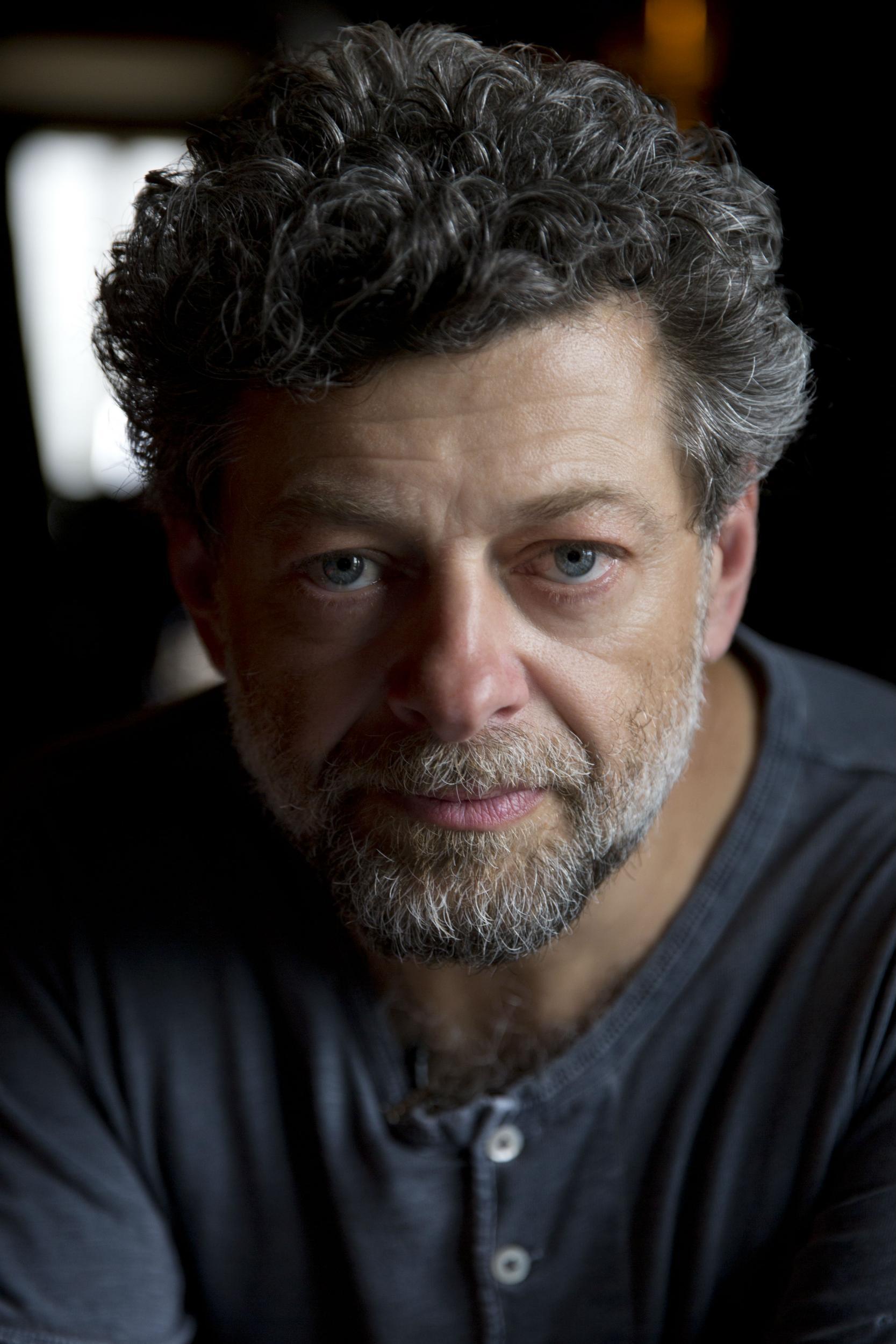
Despite Breathe being a period drama, it’s true to say that the film may never have been made if it wasn’t for Serkis’s enthusiasm for performance-capture technology. Breathe is inspired by the true story of the parents of the Bridget Jones producer Jonathan Cavendish, who formed the company Imaginarium with Serkis in 2011.
Cavendish’s father, Robin, was paralysed from the neck down after contracting polio in Kenya in the late 1950s while his wife Diana was pregnant. The film shows how Robin and his family coped with paralysis and how he helped change the way that polio sufferers could live, by asking his band of eccentric friends to come up with inventions to enable him to leave hospital and live life at home.
Serkis met Cavendish in 2009, just after he had completed filming King Kong, by which time he had realised there was a gap in the market for a UK-based performance-capture studio. In 2007, after the success of Lord of the Rings, Serkis was approached by Cambridge-based video game designers Ninja Theory to direct performance-capture sequences for their flagship game Heavenly Sword. “When it came to shooting the sequences that we rehearsed, there was nowhere to shoot it, so rather ridiculously I had to take the whole team to New Zealand,” says Serkis. “I came out of this experience thinking, this is crazy, especially as the technology, software and cameras were all made in Oxford and Cambridge.”
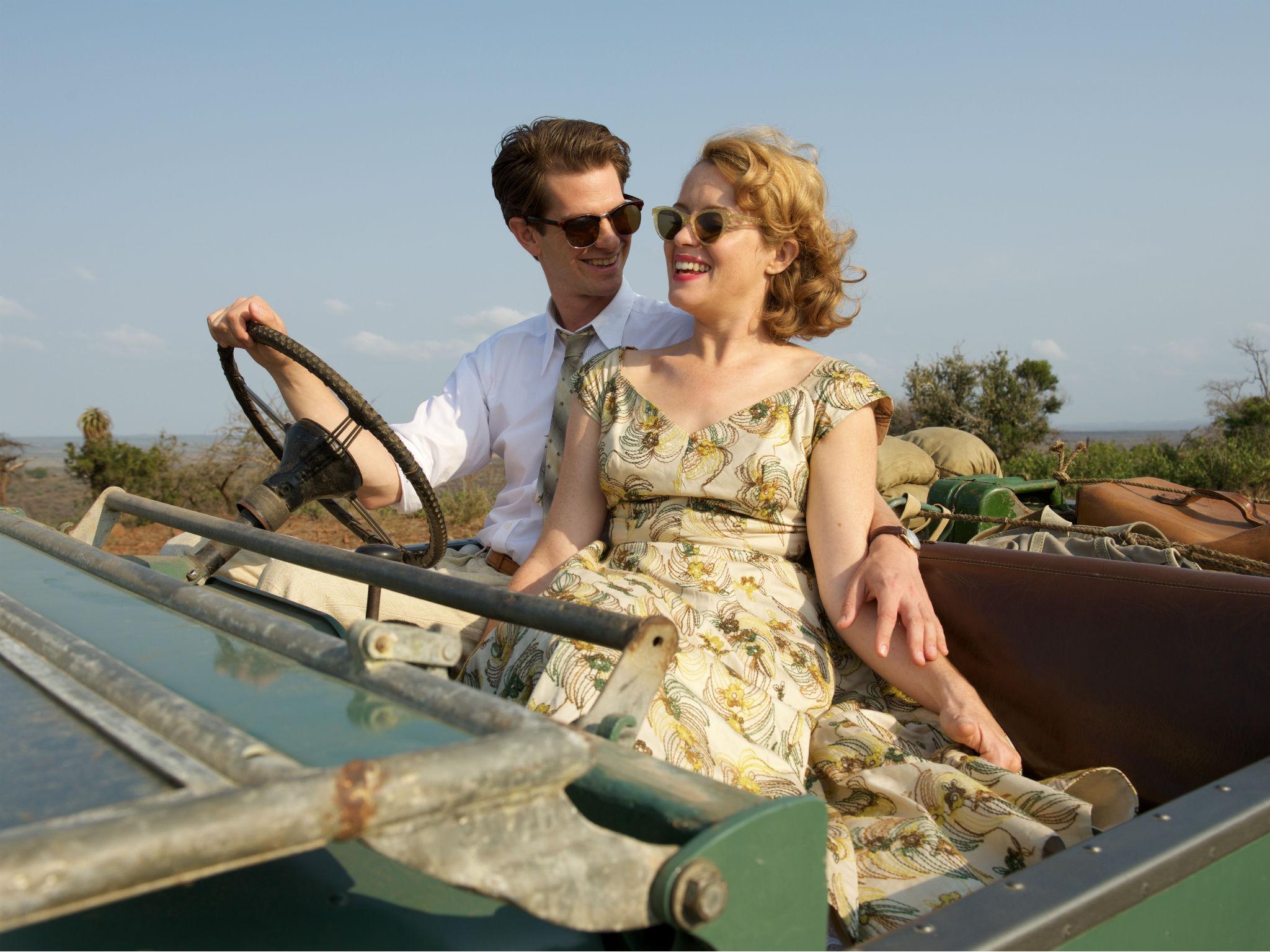
A friend suggested that Serkis meet with Cavendish. “I had been looking at the market and it seemed to me that TV, film, games, virtual reality and artificial intelligence were moving closer together and visual storytelling was going to change,” says Cavendish. “And then of course Andy was a world leader in performance capture.”
At first, most of the jobs came about because people wanted Serkis to be the performance-capture actor in their films or wanted to ask his advice on how it should be done. Serkis lent his expertise to Mark Ruffalo when he was preparing to play Hulk in Avengers 2 by telling him to wear weights to get a sense of the bulk. Serkis also helped Ruffalo change his voice and got him to play with his avatar so he knew what it looked like, as he was prancing around in a digital costume. He also consulted on Godzilla.

Watch Apple TV+ free for 7 days
New subscribers only. £8.99/mo. after free trial. Plan auto-renews until cancelled

Watch Apple TV+ free for 7 days
New subscribers only. £8.99/mo. after free trial. Plan auto-renews until cancelled
The big advantage of shooting creatures using humans is that it helps the other actors onset, says Serkis: “Peter Jackson fully understood the notion of, how can you expect an actor to act and give a real performance? It’s impossible. In a way they then have to act two characters, themselves and what they are acting against.”
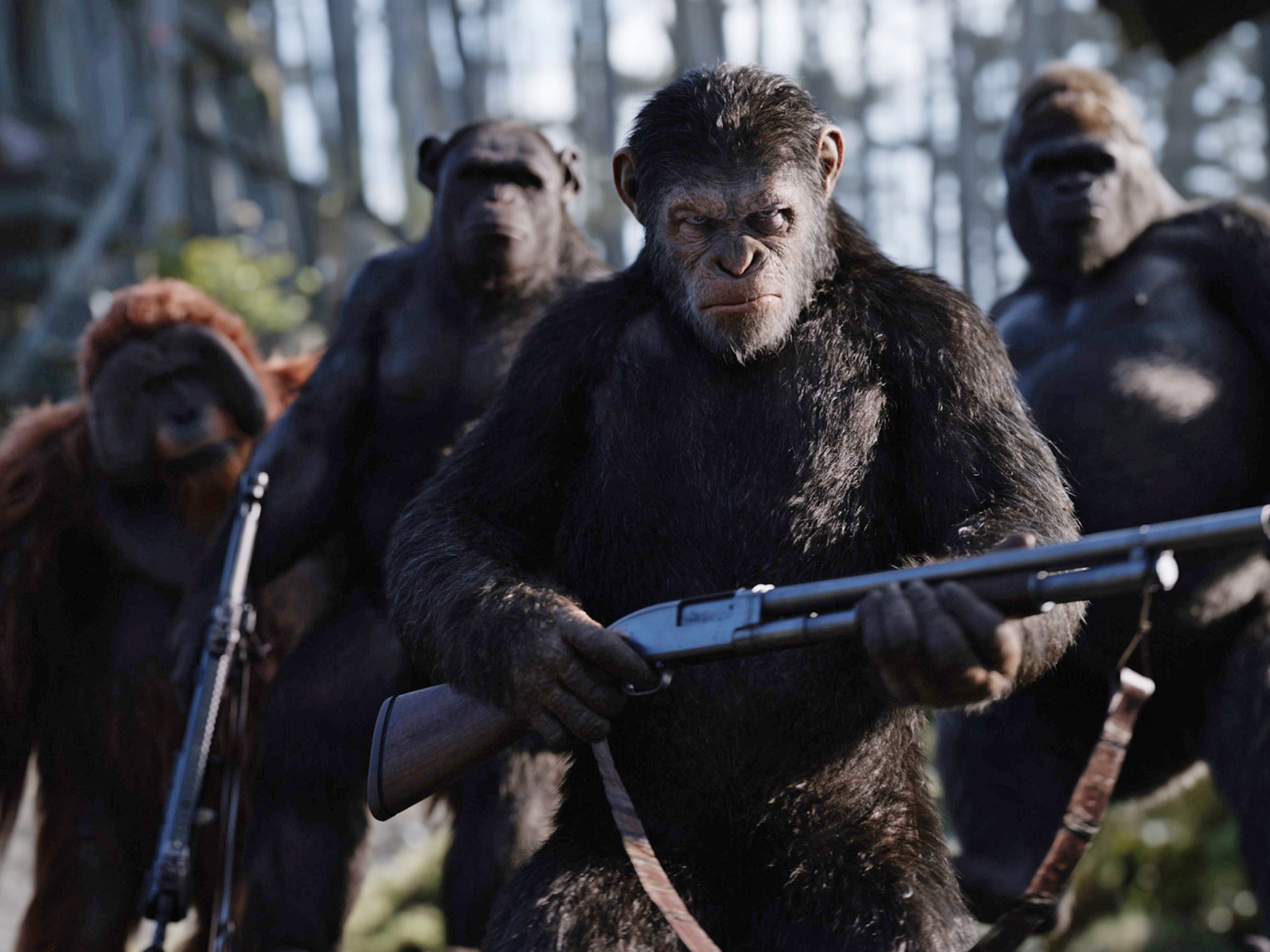
I ask Serkis if it is odd that he has become famous for playing characters masked by digital effects. He argues that he doesn’t see a difference between performance capture and traditional acting. “You work in the same way as you do on a traditional set, all that is different is that you’re dressed in a digital costume and the make-up happens after,” says the actor. “You are on set for six months and you are the guardian of the character. Performance capture is not fixing something in post-production, you have to get the performance on the day.”
Born and raised in Ruislip, his mother was English and his father an Iraqi gynaecologist of Armenian descent. Serkis says in hindsight that perhaps he was destined for a career where performance capture would be a big component, even if it was an unconscious decision. “It can all sort of make sense now,” he says. “Because I went to Lancaster University to study visual arts and I ended up constructing a degree which is called Theatre Design and Movement. I did a production of Raymond Brigg’s The Tin-Pot Foreign General and the Old Iron Woman, which was done with puppetry and movement, and performance capture seemed like an extension of what I was doing.”
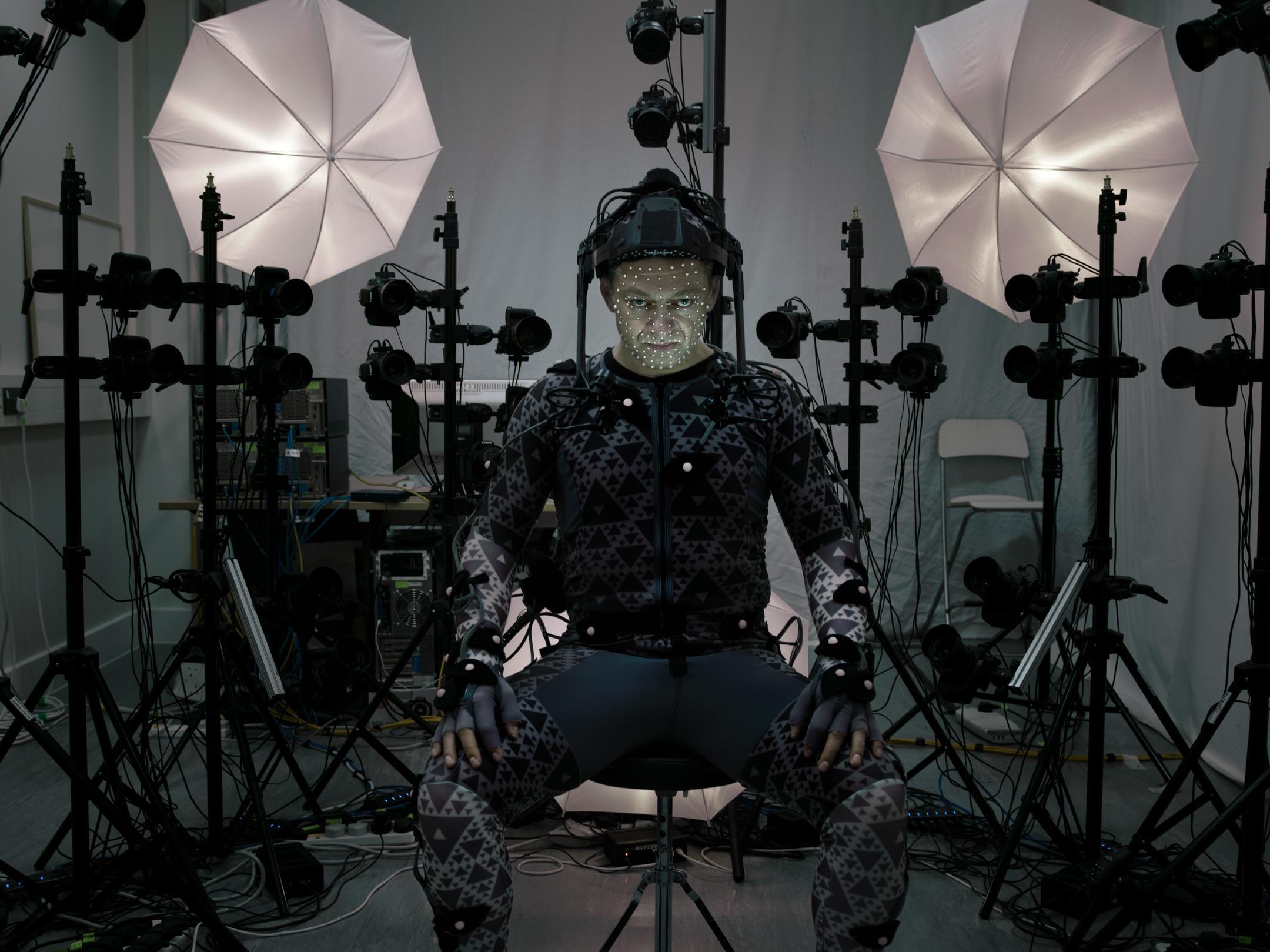
Cavendish had wanted to tell the story of his parents for a long time. He commissioned William Nicholson (Shadowlands, Gladiator, Les Miserables) to write the screenplay of Breathe and then showed it to Serkis, having now worked together for a number of years and built not just a studio for performance capture but also a separate production company. “I would have let many people direct it,” says Cavendish. “But I knew that Andy would direct it brilliantly, and he has an experience of disability with his sister suffering from multiple sclerosis, and his mother taught disabled children. And then when we were in post-production on Jungle Book, both Garfield and Foy became available and we had a small window of opportunity.”
That created a mad rush to raise the £8.7m budget for the film. Despite being the world leader in performance capture, Serkis’s name meant very little as the director of a period drama, especially as Jungle Book kept on being delayed.
Tim Haslam of Embankment Films, which provides financing solutions for films, explains the conundrum: “Serkis is a well-known actor but he was still notionally a debut director.” This was in April 2016; by the time the Cannes Film Festival had finished in May, Breathe had been funded and would shoot in the summer. Serkis had something to occupy his creative mind through the Jungle Book delays.
These are the type of problems and issues Serkis will have to start getting used to, as he sees his immediate future as being behind the camera. He wants to direct a performance-capture version of George Orwell’s Animal Farm and also turn The Beggar’s Opera into the first performance-capture musical. But he insists that Breathe will not be an anomaly and that he will also make films that do not rely on the technology he has become famous for. “In the near future the concentration will be more on the directing. The wheels are oiled now.”
‘Breathe’ is out on general release
Join our commenting forum
Join thought-provoking conversations, follow other Independent readers and see their replies
Comments